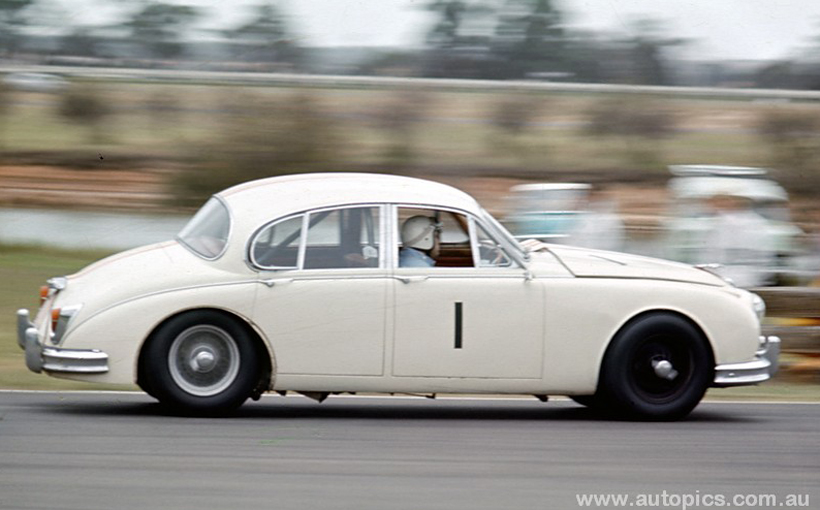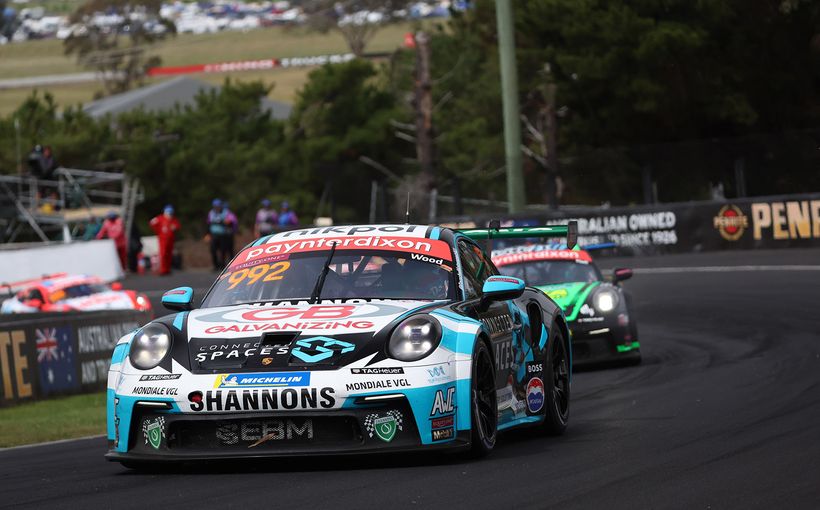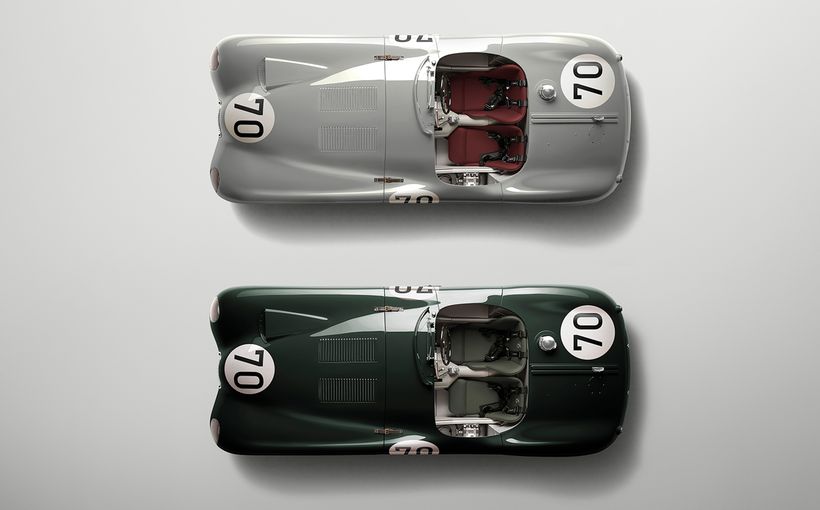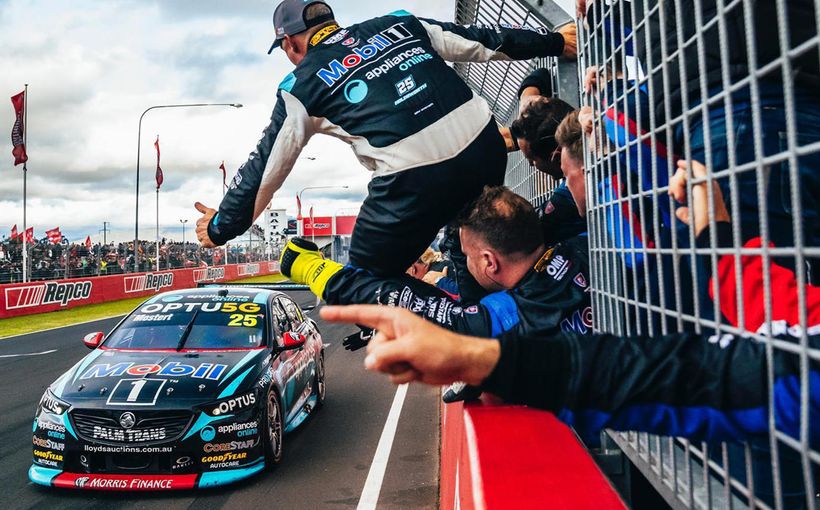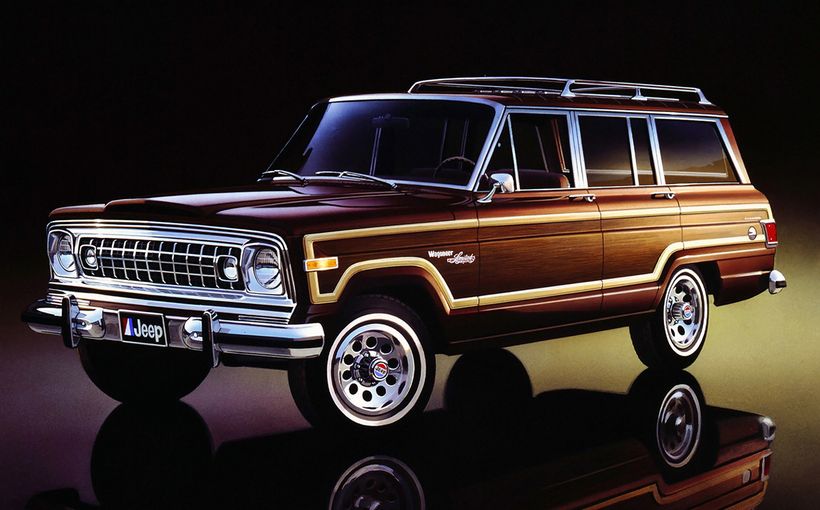Jaguar Mk 2: Bob Jane’s 4.1 litre 151 mph Super Cat!

“It was officially timed at Bathurst on the old Conrod Straight at 151 mph (242 km/h) and was written up in (UK) Motor Sport magazine at the time as the fastest Jaguar saloon in the world,” said Bob Jane’s former chief mechanic John Sawyer. “That car was totally dominant in its day and it was only the advent of the Mustangs that brought its reign to an end.”
Bob Jane’s legendary Jaguar Mk 2, twice winner of the Australian Touring Car Championship in 1962-63, ranks as one of the all-time greats of Aussie touring car racing. According to Sawyer, it won a total of 70 races and set new lap records at every circuit it competed on.
To put that scintillating 151 mph into perspective, the highest speed recorded by Ford’s legendary Falcon GT-HO Phase III on Conrod Straight was only a tad faster at 154 mph (246 km/h). And that occurred about a decade later (1972 Hardie-Ferodo 500) in a car armed with a ferocious and much larger 5.8 litre (351 cid) V8.
The Jane Jaguar’s longevity as Australia’s touring car benchmark was remarkable, given that it raced from 1961 to 1965 when Jane was forced to make the inevitable switch to the new V8 Ford Mustang.

And during those five seasons it saw off many challengers including Norm Beechey’s fire-breathing 409 cid big block Chevy Impala, Len Lukey’s 406 cid Ford Galaxie, Ern Abbott’s big bore R series Valiant, Beechey’s stove-hot EH S4, Jim McKeown’s Lotus-Cortina and many more.
It was a credit to Jane’s forceful driving, the inherent engineering and aerodynamic qualities of the British sedan and John Sawyer’s talented spanner work. No one knew this mercurial Mk 2 better than Sawyer. He signed on as Jane’s full-time race mechanic in 1961 and proceeded to push its performance envelope to the limit in every direction.
“I initially came to work for Bob to look after his Maserati 300S sports car, because I’d previously looked after Stan Jones’ 250F Maserati,” Sawyer told Shannons Club. “I didn’t know he had the Jaguar Mk 2 at that time because he’d just bought it, so my first job was to convert it for racing.
“I think Harry Firth influenced him there, because Harry was helping out with the preparation of Bob’s cars prior to my arrival and noted that the latest 3.8 (Mk 2) was doing well in England. So Bob started with just a standard road car straight off the showroom floor and we developed it from there.

“The factory in the UK took great interest in what we were doing, because Jack Bryson (Australian Jaguar distributor) was closely involved with us and he was continually passing information back to Coventry. They became very interested after the write-up on Bob’s car in Motor Sport, which claimed it was the world’s fastest Jaguar saloon.”
Jane’s first big meeting in his new Mk 2 was the single-race 1961 Australian Touring Car Championship at the old Lowood circuit in Queensland. According to Sawyer, this occurred just before he started working for Jane. The car was still in basically stock standard trim with plain steel wheels and standard ride height, although Firth had installed a trio of 45mm side-draught Webers for extra power.
In a race dominated by Jaguars, led by runaway winner Bill Pitt, Jane’s new Mk 2 lasted only one lap before having to retire with a broken leaf spring mounting. It was one of many areas on which Sawyer would focus his car preparation skills, to ensure that Jane and his Jaguar would become one of the sport’s most formidable combinations.

The fabulous 4.1
The ‘Appendix J’ touring car rules introduced in 1960 allowed for modifications to be made in certain areas to improve a car’s performance. These included an increase in cubic engine capacity, typically by boring out the cylinders to the maximum tolerance allowed for a particular class.
However, according to Sawyer the Jaguar’s sublime 3.8 inline six, with its cast iron cylinder block and aluminium twin-cam cylinder head, didn’t have much room to spare when it came to boring out its six long-stroke cylinders.
Keep in mind this colonial engineering work was occurring several years before Jaguar in the UK released the 4.2 litre version of the classic six in the E type and Mark X in 1964. It featured a new cylinder block casting with wider bore spacings to ensure adequate strength and long term durability.
“We sleeved it with slim (cylinder) liners that were welded in place and bored it out from 3.8 to 4.1 litres,” Sawyer revealed. “That was as far as we could go with reliability, because there wasn’t a lot of room left after you bored out the 3.8 block. That’s why the factory guys made a new casting for the 4.2 because they were concerned about blowing head gaskets and things like that.

“We didn’t have any head gasket problems with the 4.1 engine, largely because I developed a little tool to chamfer the holes in the head where the studs came through from the (cylinder block) face and that meant it pulled extra strength down on the eyelets in the gasket where the problems usually started.
“Crankshafts and rods were stock items, but our crack-testing showed that the cranks only lasted 500 miles (800 kms) before you literally had to throw them away. We actually broke a couple before we started to ‘life’ them by keeping accurate records of how many miles they’d done. We had a good relationship with Jack Bryson who became very friendly with Bob and treated him like a son. They (Bryson Industries) supplied us with all the bits and pieces we needed.
“I also designed some new pistons with Frank Radcliffe from Repco, because the spark plugs are off-set in the 3.8 head. Where the standard high-dome pistons were meeting the spark plugs, the flame pattern was hidden behind the dome, so we designed a new wedge-top piston. We ended up with three left and three right (to optimise the alternate spark plug positions) and they worked particularly well. We were running 115-octane aviation fuel, so the compression ratio was pretty high at 12:1.
“We also used locally-made Wade (high-lift) camshafts. George Wade had a test rig which you could put a valve and a cam lobe on and then run it, using a strobe light to see what was happening. We found that the Jaguar valve springs were no good, so I used Chev V8 springs instead. The valves remained stock but I ported the head and also did some relieving around the valve seats to improve gas flow. There was lots of small detailed stuff like that which added up to quite a lot.”

Sawyer confirmed that Jane’s Mk 2 never ran larger carburettors than the three 45mm side-draught Webers fitted by Harry Firth. The standard exhaust headers, which were an excellent design, connected to a free-flowing open system with twin outlets that emerged beneath the left rear passenger door.
To combat oil surge, the sump was deepened by 3.0 inches (75mm) which put an extra gallon (4.5 litres) of oil into the system. It was fully baffled with various ‘mouse-traps’ designed by Sawyer to keep oil concentrated around the oil pick-up under high G loadings during acceleration, braking and cornering.
He also used an electrically-powered hydraulic aircraft pump for an oil cooling circuit that was independent of the engine’s primary lubrication system. There were two reasons for this; one was that he didn’t want to put too much oil pressure through the front-mounted oil radiator (cooler) using the engine’s standard mechanical oil pump. He was also concerned that if the cooler got damaged during a race and started leaking, it would quickly pump all the oil out of the engine if Jane could not turn off the cooling circuit to isolate the leak.
Sawyer fitted an electrical switch inside the car which when flicked on allowed the hydraulic pump to circulate the engine oil through the cooling circuit at low pressures and independent of the engine. This was a key factor in the car’s excellent reliability and impressive strike rate.

“We never ran it on the dyno but I estimated it had about 320 bhp (or about 100 bhp more than a standard 3.8) with ample torque,” Sawyer revealed. “It was quite comfortable revving to 6500 rpm, which was pretty high for a big long-stroke engine like that. And knowing Bob Jane, he would have buzzed it past that point many times during races, but she could always take it.
“The clutch was only a single-plate but Repco put heavy-duty springs in it and all that to toughen it up. Even so, we did have problems with clutch slippage from time to time because of the extra power. In retrospect, what I probably should have done was fit a twin-plate clutch.”
Had the car been equipped with a more rugged twin-plate, it could well have claimed its third ATCC title in a row at Queensland’s Lakeside Raceway in June 1964. It was certainly looking that way, after Jane swept into the lead of the 50-lap title decider and was maintaining a comfortable margin over his pursuers.

As famed motoring journalist David McKay noted in his race report for Modern Motor, Jane’s dashing white Jaguar “had the legs on everyone” until the clutch started slipping with less than 20 laps to go. Jane limped on to salvage third place behind Beechey’s S4 and Pete Geoghegan’s winning Cortina GT, but without the clutch drama it should have been ATCC number three.
“Originally it raced with the standard four-speed gearbox and electric overdrive, but I removed the overdrive unit because it was very unreliable,” Sawyer explained. “I got Peter Holinger to make up a set of close-ratio gears to our specifications. They fitted inside the standard casing with the normal extension housing and it all worked beautifully, as you’d expect from Peter Holinger who was a very clever guy.
“It ran a full lock-up diff but it wasn’t a Detroit Locker that was either locked or unlocked. The Jaguar unit used multi-plate clutches that provided a more gradual transition.” Sawyer said there were no oil coolers needed for the gearbox or diff.

Keeping the cat’s paws on all fours
One of the Jaguar Mk 2’s strong points was its exceptional handling. John Sawyer points out that in every racing photo he’s seen of Jane’s Mk 2, its four tyres were always in contact with the road no matter how much body roll the car was exhibiting. As far as he’s concerned, if a car has even one wheel off the deck during hard cornering, it’s not handling as well as it could.
“They had quarter elliptics (the live axle was suspended at the rear of cantilevered leaf springs) and if you worked hard on the brakes and acceleration the springs could pull out of their front mountings and the whole live rear axle assembly would start moving backwards,” Sawyer said.
“That’s what happened to Bob’s car at Lowood in 1961, so I changed all that. We lowered the car by 3.0 inches (75mm) all round, flattened out the rear leaves and fitted a set of lower radius arms between the floor and the rear axle to hold the springs firmly in place. Along with a panhard rod, we never had any trouble with it after that.
“We also fitted a much thicker front sway bar and reworked the coil springs, because we had a deal with a company called Evans Springs in those days and experimented a lot with spring rates. The front suspension assembly (upper and lower wishbones) was a single unit (cross member) that was bolted to the chassis using big rubber bushes. You had to drop it and remove it to get the engine out, which we did a lot, so I was always looking for ways to improve it.

“I toyed with the idea of replacing the rubber bushes with neoprene to make it more solid but I thought that would also have made it too harsh. So instead I fitted a simple Y-frame to stop the front suspension assembly from twisting (on the rubber bushes) under heavy braking and reducing the castor angle.”
The Jaguar’s powerful Dunlop four-wheel disc brakes were a big advantage in those days, when even front discs on series production cars were quite rare and four-wheel drums were the norm. Sawyer said the callipers and 11-inch diameter solid disc rotors were standard, apart from special competition brake pads.
Like the crankshafts, these rotors were also given short service lives and replaced at regular intervals as a safety precaution. Sawyer recalled rival Jaguar racer Bill Burns suffering a shattered brake rotor at Tasmania’s high-speed Longford track, which caused his car to leave the road at high speed and suffer considerable damage.
The plain steel wheels the car ran at Lowood in ’61 were soon replaced by factory-supplied wire wheels which were used throughout Jane’s time with the car. They were not only lighter than full steel wheels but also provided superior brake cooling.

“We worked very hard at reducing weight in that car,” Sawyer added, which at more than 1500 kgs in standard showroom trim was no lightweight. “One of the biggest gains was just getting rid of the big standard battery and replacing it with an aircraft battery which was a very small thing the Formula One guys were using in their cars at the time.
“To my amazement, it managed to crank the engine over very smartly. We also made sure it was still positioned under the bonnet and very close to the starter motor, so we didn’t get any current drop with long cables running to the boot.
“There were no lightweight panels or anything like that, but we drilled holes in anything that needed holes drilled in it. We ended up putting everything we took out of the car into a box and weighed it. I can’t remember what the figure was, but it was a fair amount when you put it all together. It was an ongoing process during the time Bob raced the car.
“Keep in mind that in those days you weren’t allowed to remove the standard upholstery, which was crazy because in an accident it could burn. So we had no choice but to run it with the full leather and wood trim. We were right up front with all the latest safety stuff, though. We had a good roll cage bolted into the car with side intrusion bars and an on-board fire extinguisher system. “

The end of an era
After enjoying so much success over a long period of time, it was inevitable that the day would come when the reign of Jane’s mighty 4.1 Mk 2 would come to an end. That occurred in late January 1965 at Melbourne’s Calder Park, when Norm Beechey fronted with his new 289 cid (4.7 litre) V8-powered Ford Mustang and set a new lap record on his way to victory.
The more powerful, lighter and faster American pony car clearly outpaced the Jaguar, which had been given a waiver to compete in its definitive ‘big bore’ Appendix J specification at Calder, against the Mustang built to the more restrictive Appendix C (Improved Production) rules being introduced that year. Jane did a few more races in the early months of 1965 in 3.8 litre Improved Production trim before raising the white flag.
“Bob said ‘you just can’t beat cubic inches’ and that was that,” Sawyer lamented. “We just couldn’t squeeze any more power out of the Jaguar with reliability, so it was a case of ‘if we can’t beat ‘em, join ‘em’ and off he went to the US and bought a Mustang.”
Protect your Jaguar. Call Shannons Insurance on 13 46 46 to get a quote today.

